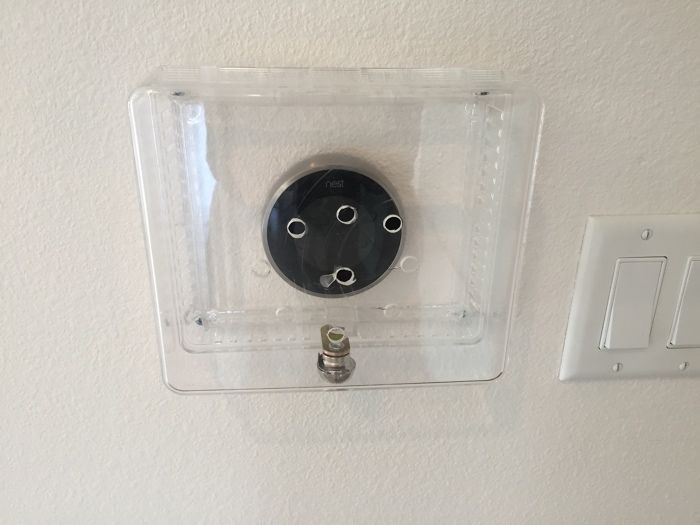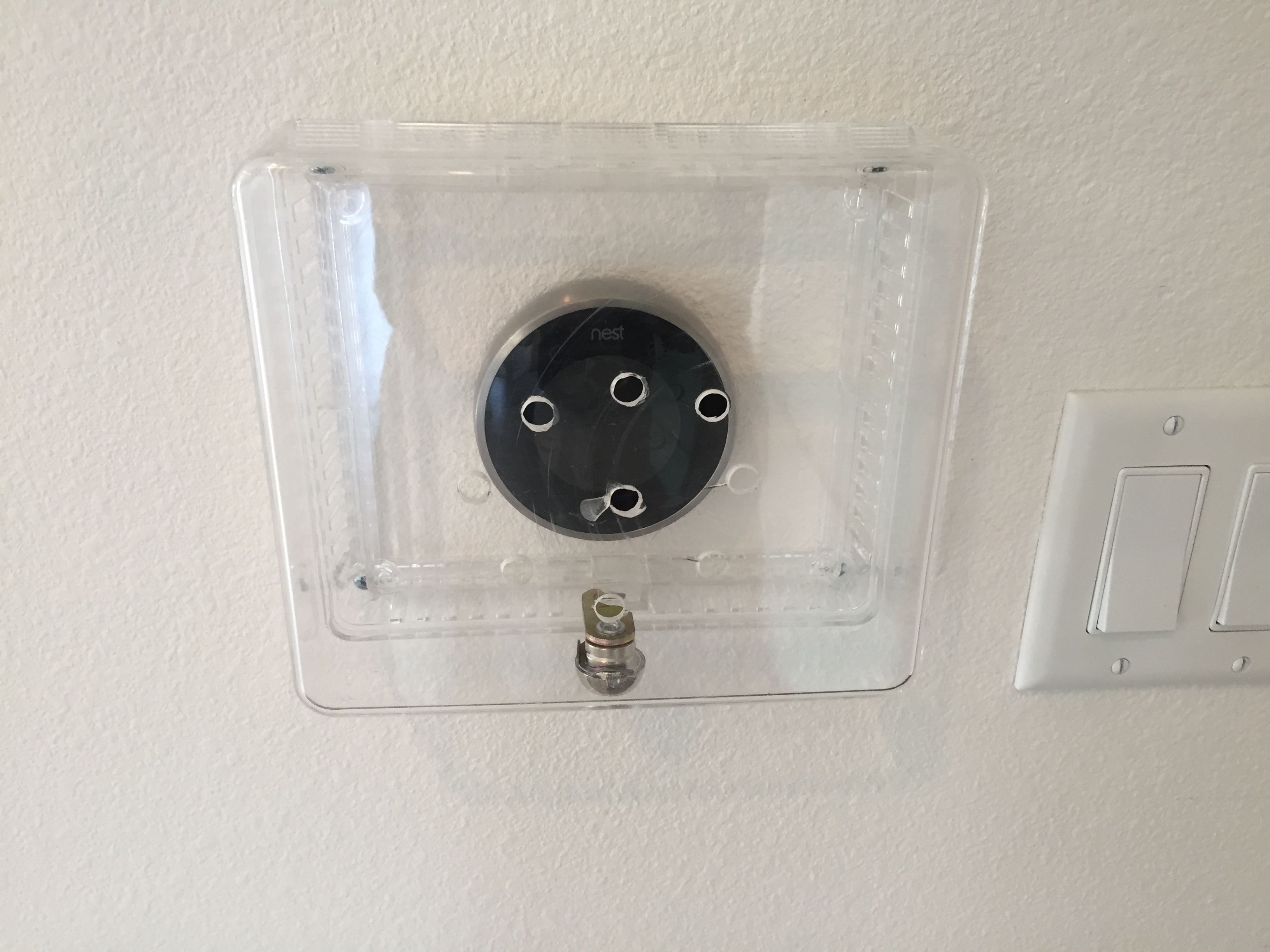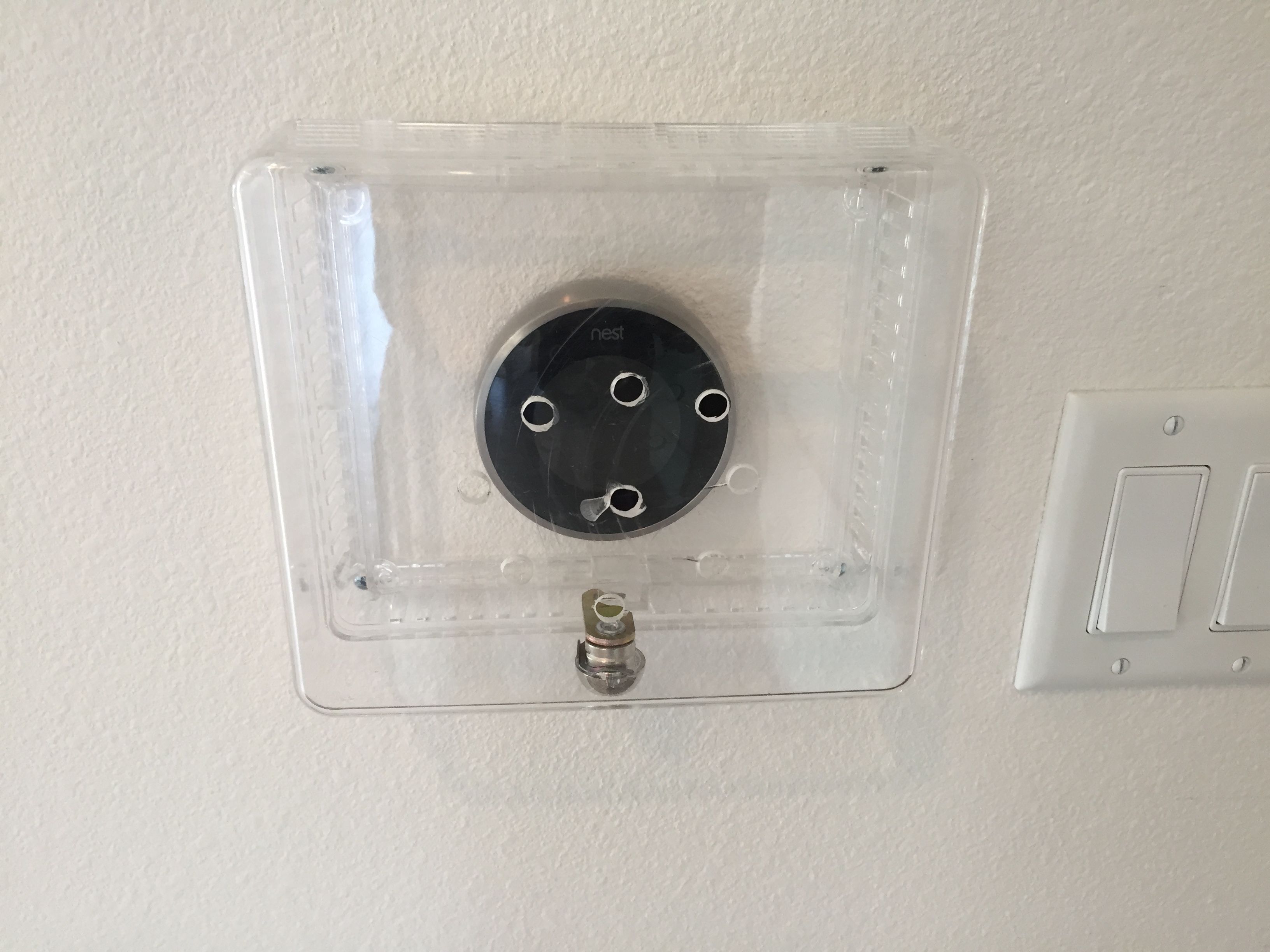
Google and Audi have already tested autonmous cars. Thanks to the Internet of things (Iol), it may not be long before people will live in autonomous homes.
“We are relinquishing control over our cars and homes,” said Colleen Sharp, vice president of the Futures Company, one of several speakers at last week’s PCBC (Pacific Coast Builders Conference) who predicted big growth for connected homes. “The Internet of things is happening faster than the Internet of people.”
“We get in the car, tell it where to go, and sit back and enjoy the ride,” said Sharp, noting that the same phenomena is spreading into new homes.
Building product executives, speaking on a panel about the Internet of things, trotted out forecasts for big growth in connected home products.
John Webster, director of new residential construction for Lennox, predicted that sales of wi-fi thermostats would double by 2017. Lennox markets a wi-fi thermostat that not only provides remote temperature monitoring but provides allergin alerts and advance warnings of technical problems.
Juan Lopez, a marketing director for LiftMaster, said adoption of smart garage door openers might be slower because it’s not as easy to replace an opener. Nevertheless, he forecasted 50 percent adoption within six years as word of mouth spreads about the benefits of knowing, whever you are, whether the garage door is open or closed. Lopez shared the results of focus group tests.
“People talked about emotions and safety. They would say things like, ‘It reassures me to know that my child came home from school on time.’ We’re not in the garage door opening and closing business. We’re in the peace of mind business.”
Historically, homeowners have only replaced sprinkler controllers when they were broken. Now, incented by droughts and rising water prices, people are updating controllers to gain more control over water usage, said Chris Klein, a co-founder of Rachio, a controller based on open-source code.
Rachio connects to the National Weather Service as well as smartphones and computers. It won’t water your yard if it’s going to rain. “We empower the consumer,” said Klein.
A survey done by the Acquity Group last year forecasts big growth for in-home network connected devices. It found that only 4 percent of 2,000 consumers surveyed last year had such a device. But it predicted that by the end of 2015 about 13 percent of consumers would own a smart thermostat, security camera, or other in-home device. And within the next five years, it said, 69 percent of consumers plan to buy an in-home device.
Meanwhile, on the floor of PCBC, building products companies were showing prototype washers and dryers that connect to the smart grid, carbon monoxide detectors that send alerts, and locksets that open when your smartphone is near.
Eventually, Webster said, “Anything that costs more than $100 is going to be a smart product.”
Fine Homebuilding Recommended Products
Fine Homebuilding receives a commission for items purchased through links on this site, including Amazon Associates and other affiliate advertising programs.

8067 All-Weather Flashing Tape

Handy Heat Gun

Affordable IR Camera




























